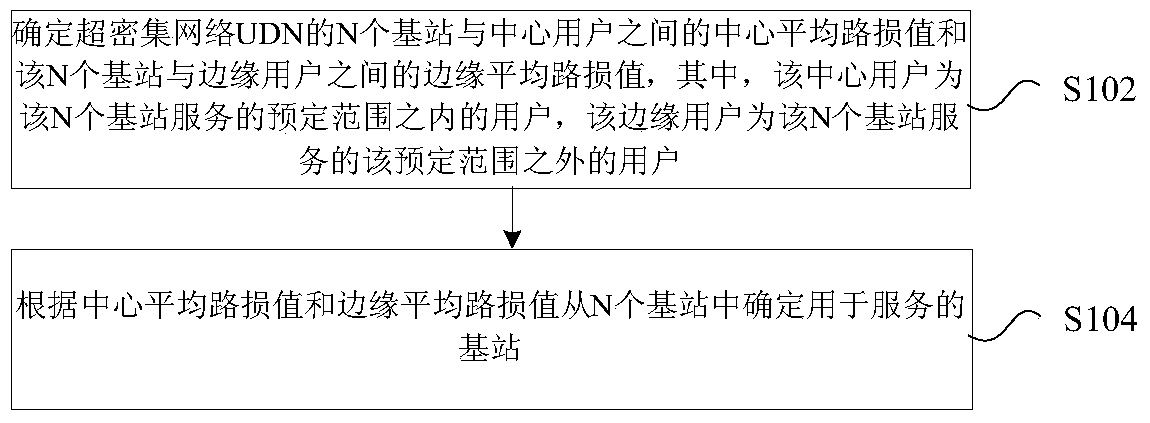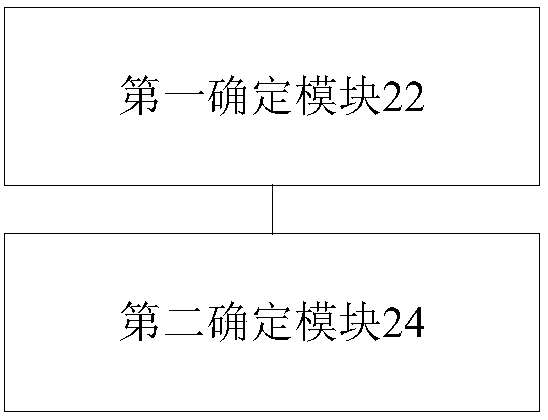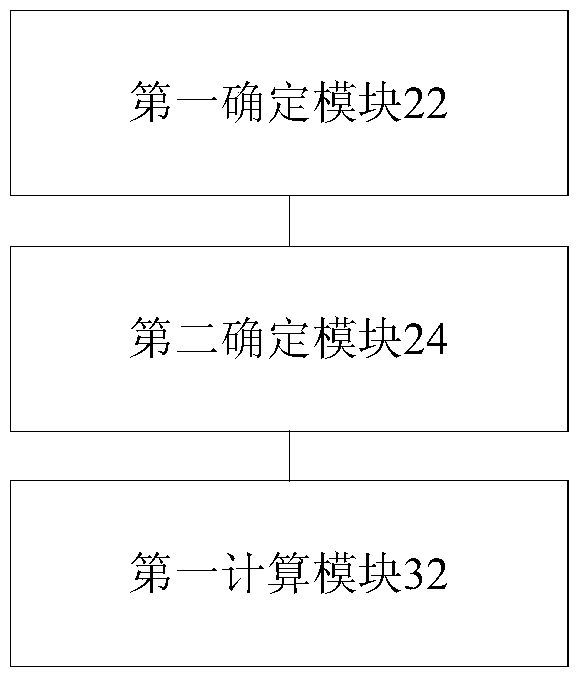Method, device and base station for determining serving base station
A technology for serving base stations and base stations, which is applied in the field of communication and can solve problems such as unreasonable allocation of base stations and system interference.
- Summary
- Abstract
- Description
- Claims
- Application Information
AI Technical Summary
Problems solved by technology
Method used
Image
Examples
Embodiment approach
[0061] As a preferred embodiment, the edge average path loss value is determined according to the following formula:
[0062] Among them, w k =|C k | / K,
[0063] u represents the penalty factor, which is taken as a constant. For a certain serving small base station k, the relative path loss between all users and the small base station is:
[0064]
[0065]
[0066] Among them, g j (k) is the path loss between the jth user and the kth base station; g j.max Indicates the maximum allowable path loss, calculated by the following formula: g j,max =(P 0 )dBm-(N 0 B)dBm-(F)dB-(SNR jmin )dB, P 0 Indicates the transmit power of the base station, N 0 Represents the noise power spectral density, B represents the channel bandwidth, F represents the received noise figure, SNR jmin Indicates the minimum signal-to-noise ratio threshold at the jth user; C k is the set of users served by small base station k, |C k | is the total number of users served by small base sta...
PUM
 Login to View More
Login to View More Abstract
Description
Claims
Application Information
 Login to View More
Login to View More - R&D
- Intellectual Property
- Life Sciences
- Materials
- Tech Scout
- Unparalleled Data Quality
- Higher Quality Content
- 60% Fewer Hallucinations
Browse by: Latest US Patents, China's latest patents, Technical Efficacy Thesaurus, Application Domain, Technology Topic, Popular Technical Reports.
© 2025 PatSnap. All rights reserved.Legal|Privacy policy|Modern Slavery Act Transparency Statement|Sitemap|About US| Contact US: help@patsnap.com



